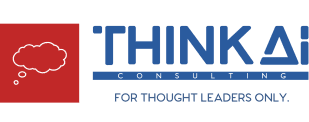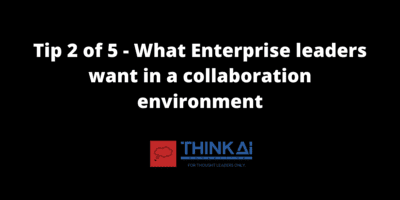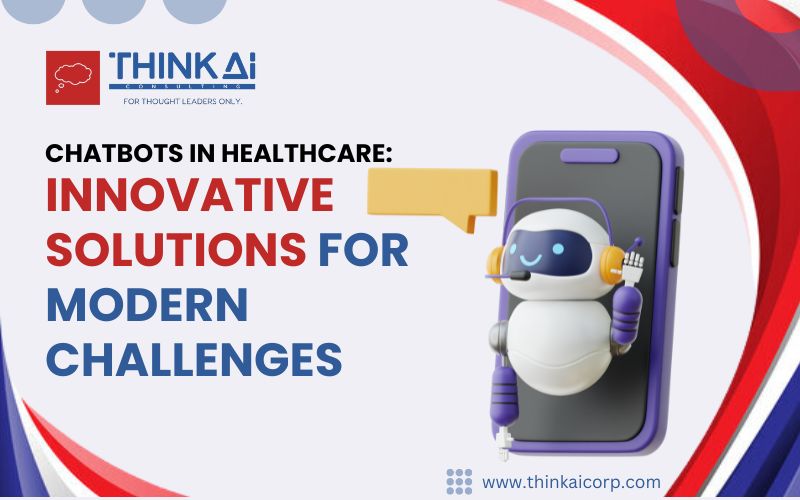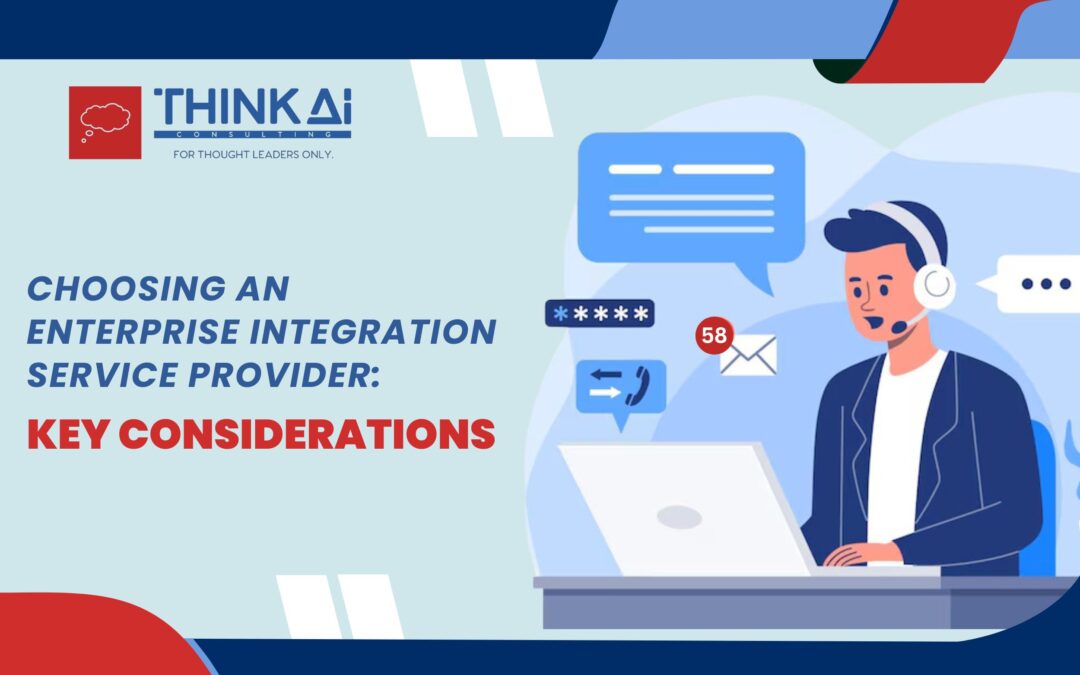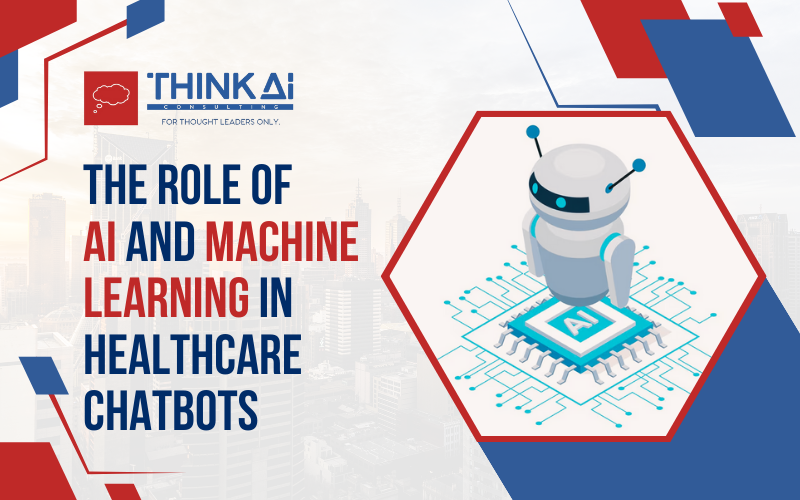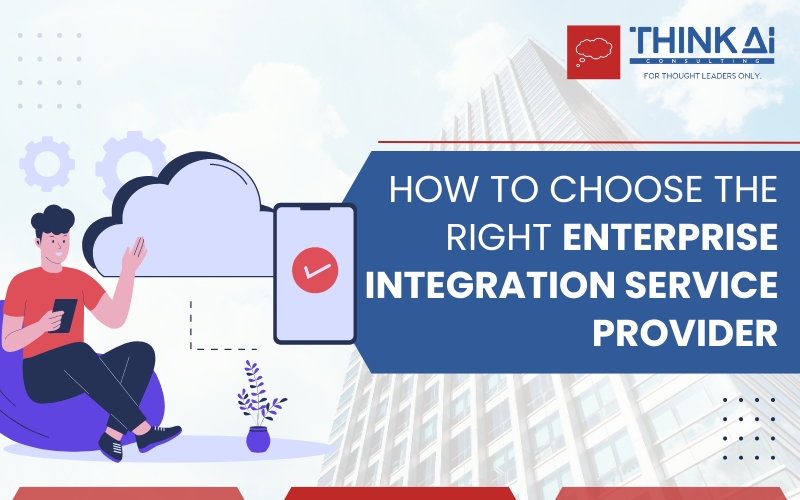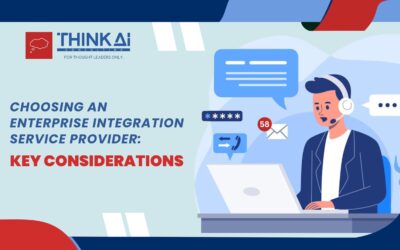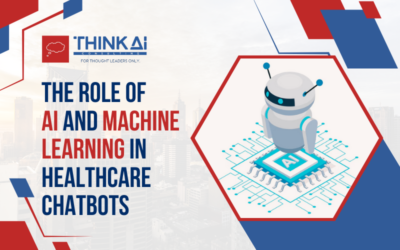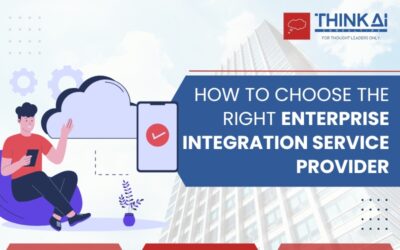In this blog series, Think AI partner Manish Bhardia will be discussing the top five features business owners want in an Enterprise Productivity system. If this topic is of particular interest to you, you can subscribe to the Think AI newsletter or send an email request to receive a PDF with the top twenty features business owners want in an Enterprise Productivity system.
The second feature is collaboration versatility. The solution needs to be inclusive of an internal team collaboration environment as well as an external team collaboration environment. This is to have an all-in-one solution for both the collaboration needs for internal users and teams as well as external clients and partners.
Think AI shares posts covering topics including unique scenarios, use cases, and technology tips. If you would like to see content covering a specific topic or question, feel free to share it in the comments section.
Think AI is a software development company for Thought Leaders. In an industry where 50% of software projects fail, Think AI has a 95% success rate. You don’t want to gamble on your critical projects, so if you need a technology partner to guide you through a new solution implementation in your company, partner with us for success. Looking forward to hearing from you, and sharing more insights in future posts.
Thanks for reading.

Manish works primarily with implementing cutting-edge technology for thought leaders who can envision moving their company into the future of business. These technologies include application of Artificial Intelligence, chatbots, Business Intelligence, and Data Analytics through Power BI. He is your ideal partner to guide you through a complex technology transition in your business.
President of International Association of Microsoft Channel Partners (IAMCP) SoCal
Strong focus on customer service with a history of A++ client satisfaction
Awarded the 2019 IAMCP SoCal Partner Choice Award
Awarded the ABAOC 2019 Presidential Award of the year

